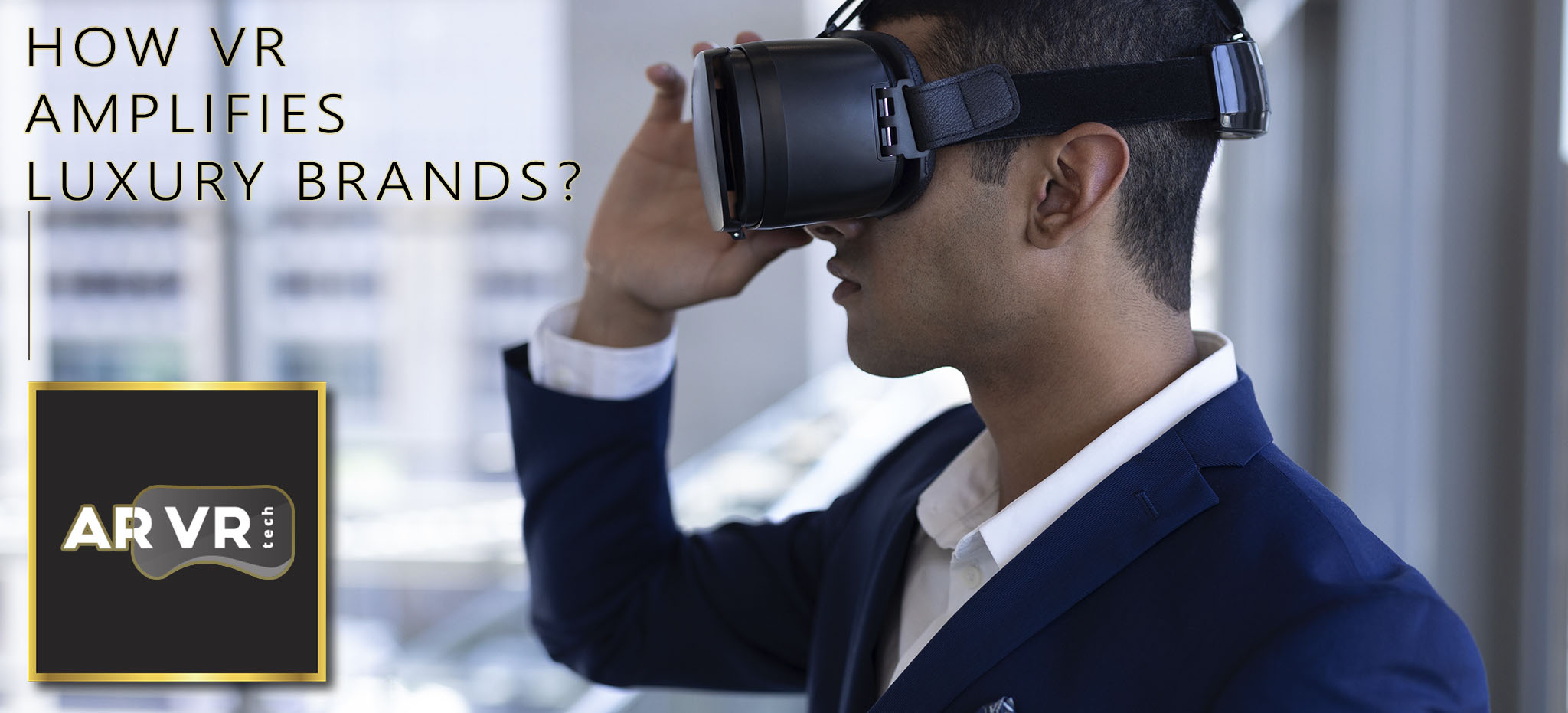
One of the most influential books about luxury and brand management is The Luxury Strategy Marketing Brands by Jean-Noël Kapferer and Vincent Bastien, especially because it unveils the counter-intuitive principles that enable high-end brands to have tremendous pricing margin and influence.
As business gets global and purchasing power increases, principles of luxury branding can be applied to relatively new technologies such as Virtual and Augmented Reality in order to reach new market segments and demographics.
Still, in preserving luxury brand’s image, we should always bear in mind Kapferer’s words, “A luxury brand must always be seen to be restoring the gap, re-stratifying, and as such it is acting as a visible agent of meritocracy”.
It is important to differentiate among luxury, fashion and premium brands, so let’s quote Kapferer, “A) The luxury strategy aims at creating the highest brand value and pricing power by leveraging all intangible elements of singularity- i.e. time, heritage, country of origin, craftsmanship, man-made, small series, prestigious clients, etc.
B) The fashion strategy has a completely different business model since heritage and time, are not important; fashion sells by being fashionable, which is to say, a very perishable value.
C) The premium strategy can be summarized as “pay more, get more.” Here the goal is to prove -through comparisons and benchmarking- that this is the best value within its category. Quality/price ratio is the motto. This strategy is, by essence, comparative.’’
When we discuss how to apply Virtual Reality it is important to draw the clear line between premium and luxury and reputable authors recommend that ‘‘luxury brand should never go downwards to broaden its appeal for short-term financial benefits’’ because in that way they will lose their most high-level, profitable customers.
According to Concept of Luxury Brands, luxury brands should constantly evoke the high-level associations in the minds of consumers in terms of price, quality, aesthetics, rarity, extraordinariness and a high degree of non-functional associations.
Let’s see how these criteria which Concept of Luxury brands defined can be implemented in the world of Virtual Reality campaigns and luxury branding.
1. Price: The brand offers the most expensive products in their category
As a result of this principle, many more people know about luxury brands than they are able to purchase them. However, Olivier Abtan, a partner at the Boston Consulting Group highlighted recently that luxury industry is now growing between 2-5% and the next year it is going to stay there. The previous growth for luxury industry was 8% which means that ‘‘in such a slow market brands are thinking about going digital very seriously.’’
Therefore, Virtual Reality campaigns for luxury brands indicate exclusivity and prestige since price is a main differentiation factor between regular users and informed audience.
When it comes to VR headsets, the premium ones are HTC Vive, Oculus, Sony Playstation VR, which all enable a strong peripheral vision in the headset and cost up to £ 1,500. Sony’s Playstation VR had the sight advantage in terms of early traction because it had consumers on other devices.
Tommy Hilfiger leveled up their retail presentation and add the hint of exclusivity to it even though it is a mainstream brand.
Thanks to Samsung Gear Tommy Hilfiger took their audience at New York store during AutumnRunway ”as if they were sitting in the first row at Manhattan’s Park Avenue.” One of the results was that visitors’ awareness about the brand got increased: they talked longer about it and interacted more with it.
2. Quality: The brand offers everlasting high-level products, which won’t be disposed of even after long utilization or defect, but rather repaired and which often even gain in value over time.
The component of timeless quality that luxury brands embody goes hand-in-hand with the craftsmanship that we see behind the scenes of legends such as Chanel, Dior, Versace and alike.
For instance, in October 2016, Dior released a 360-degree video for users of their Dior Prestige skincare line.
In the video you open the doors and enter the childhood house of Christian Dior in Normandy, France and you see the essence of the powerful brand.
Then, you are transferred to the jardin that abounds in pink roses and an expert, an ethnobotanist,guides you through the natural processes. Then an ethnobotanist explains ‘‘how the ocean breeze nourishes the Rose de Granville’’, which is the most important ingredient in the brand new skincare line.
3. Aesthetics: The brand behaves like a chic and vain dandy, who would never leave the house in less than perfect style. Every time we see the brand, it embodies a world of beauty and elegance.
At every touch point luxury brands strive for perfection, which can be especially seen in miniscule details that Dior paid attention to during its launch of VR campaigns.
Dior Eyes were the very own VR headset that Dior created. They were carefully branded and designed, and had built-in 3D sounds that visitors to their stores could try on. Thanks to this VR content, visitors who were brand enthusiasts and likely to purchase Dior garments and other accessories could experience behind-the-scenes of an exclusive fashion show.
Aesthetic appeal is also another reason why celebrity images celebrity images should be carefully used in luxury branding and definitely not overused. Instead of leveraging on the imitation model ”I will buy this dress, since my favourite actress wears it.” luxury brands should rely on testimonial types of selling agents ”This actress also wear the dress I have or visited this resort where I went several years ago.” By using this principle, luxury products become ordinary and everyday for extraordinary people.
To understand better 10 principles how branded products make us buy more, I recommend reading Martin Lindstrom’s outstanding book Brandwashed: Tricks Companies Use to Manipulate Our Minds and Persuade Us to Buy.
Martin also explains the strive for perfection and aesthetic appeal that is especially obvious in the way we handle our bodies and physical appearance. Martin says, “In a surprising 2008 study, researchers at the University of Bath, UK, found that the fear of failure drives consumers far more than the promise of success; the latter oddly tends to paralyze us, while the former spurs us on (and pries open our wallets). In fact, as the study found, the most powerful persuader of all was giving consumers a glimpse of some future “feared self.”
4. Rarity: In contrast to mass-market brands, the brand limits its production and does not disclose its sales numbers. The brand plays hard to get and is not available at all times or places.
Playing hard to get is a technique as old as hills no matter if we talk about appealing boyfriend or girlfriend, high-end property of luxury item. We see that something is more valuable when it costs more and when it is not available to everyone.
China is a perfect example for rarity in the emerging market. In China we can see the stampedo of demand for luxury items and its copies so the exceptionally rich people who want to really savour luxury products see high prices as the signal that very few people in the society will have access to these items.
5. Extraordinariness: The brand has a mind and style of its own and its products offer a “kick” and surprise with the “expected unexpected.”
Many Marketers considered the YSL campaign for their new perfume, Mon Paris, the moment of the year because the company integrated print, video and augmented reality. This three-step campaign starts out with the print ad which captures a couple that is head over heels in love in Paris and much more interestingly it is portrayed upside-down.
Then a minute-long video of the couple shows the entire story and how the couple ended on the rooftop. In the third step, we see VR 360-degree video on YSL website that unfolds all locations from the film.
Likewise, visitors of the Mon Paris launch show could also savour and screen this film through their VR headsets.
However, the touch of extraordinary is not just reserved for high-end fashion. Luxury branding and VR go hand-in-hand in the industry of travel, art, real estate, design. For instance, 2017 Cannes Lions, the ultimate festival of creativity and finest marketing thought, showed painting masterpieces through the lens of VR. Andrew Keller, the Global Creative Director of Facebook Creative Shop presented Dreams of Dali which enabled audience to experience Dali’s painting from a different angle, from the inside.
6. Symbolism: The brand stands for “the best from the best for the best”; it is so charismatic that it literally fills the room and shows pride.
And to portray symbolism, the final component of luxury brands, let us draw on the situations of group think, peer pressure and social shopping: why do we buy much easier when we see our neighbours or peers do the same and why is the world-of-mouth still the most powerful marketing channel even in the world of luxury branding and digital?
Harry Winston did not start selling its diamond jewelry and luxury watches online, yet they offered a bit of their brand experience in the interactive manner thanks to partnership with Curalate. Over 665,000 Instagram followers could look at product details and book in-store appointments thanks to Like2buy option, which drove them further along the consumer journey.
Once consumers definitely switch to AR and VR channels, especially along different screens, luxury brands would seize these opportunities and stay ahead of the game. In the age of abundance, the scarcity of time is the most pervasive.
So, VR and AR could be further applied to help busy and wealthy individuals browse through a collection, travel offers or real estate properties, try out luxury items, walk down the catwalk, go for a test drive. If it helps you make a choice within several minutes and the experience is quite similar to the real thing, many consumers may go for it in the end.


